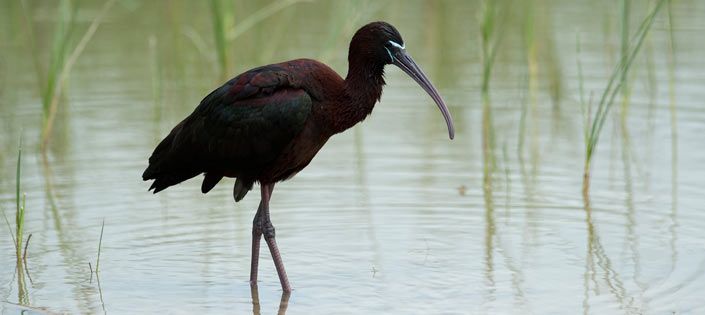10 Romantic Places in Spanish Speaking Countries

A Special Month for Romantic Getaways
Valentine’s day is right in the heart of February, and it’s a day that makes this a special month for anyone with a special someone in their own heart. Allow us to suggest ten places where romance fills the air and mingles with Spanish… the perfect language for talking about love according to Bob Dylan.
|
The inspired words of Carmelo Larrea in the beautiful song Dos cruces lead listeners to one of the most beautiful and romantic spots in this scenic city: Doña Elvira Plaza. Sitting in the heart of Seville’s old Jewish quarter, this cozy square invites couples to recall the famous words whispered in the song: “Sevilla tuvo que ser, / con su lunita plateada, / testigo de nuestro amor / bajo la noche callada…” |
|
The name of this national park, biosphere reserve, and unique home to ancient subtropical landscapes such as the laurel forest, evokes the legend of a Guanche princess and a Guanche prince who decided to die together before having to renounce their love for one another. The story has a sad ending –a precursor to the classic tale of star crossed lovers Romeo and Juliet- which will accompany you while exploring charming scenery in this wonderful land that is the centerpiece of the island. |
|
The romantic narrative of Ana and Carlos has been told in Guanajuato,Mexico since the 18th century. Ana’s father did not approve of her relationship with don Carlos. Refusing to live separated from his beloved, Carlos purchased a home right in front of hers. The two houses were in fact so close that the pair of lovers could reach out and touch one another from their own balconies. The first and only time the couple met here however, Ana’s angry dad stabbed Carlos to death. Today, visitors to this alley located at the foot of Monte del Gallo can observe just how narrow it is and how perfectly imaginable a casa-to-casa kiss would have been. |
|
There’s a garden near the banks of the Tormes River that was supposedly the historic setting for the romantic encounters of Calixto and Melibea, the lovers and main characters of Fernando de Rojas’ novel La Celestina (considered the first Spanish language novel). The garden sits atop the old city wall and offers panoramic views of the river side; it’s a place for expressing your most romantic side and beginning a tour of the wonderful town of Salamanca. |
|
There’s an unexpected little spot on the Baja California coast in Mexico, in the town of Los Cabos, embraced by the Gulf of California and the Pacific Ocean. Here you’ll find a rock archway carved out by the sea. Every four years the tide goes down under the arch to reveal La Playa del Amor (the beach of love). Just beyond the fleeting beach landscape, local whale, sea lion, and seal communities pursue their own courtship in this romantic destination that attracts thousands of couples each year from all over Mexico. |
|
The city of Teruel, the capital of mudéjar history, is where the classic love story unfolds about Isabel de Segura, the only daughter of a wealthy local man, and Juan Martínez de Marcilla, a young man with a humble background. When Juan confesses his love for Isabel, he knows that her father will not approve of him as a suitor given his low economic status, so he decides to spend five years attempting to amass a fortune of his own. Isabel promises to wait for him. After five years have passed, Juan’s whereabouts remain a mystery, and the lady consents to marry a man who is to her father’s liking. When Juan finally does appear, Isabel watches him die of lovesickness, as she remains true to her husband. Later, she attends Juan’s funeral, kisses him and dies on the spot. Isabel’s hubby agrees to have the deceased pair buried together. So many people came to visit the couple’s tomb, they were later removed and placed in a beautiful, white marble mausoleum that can still be seen today, where the lovers remain with outstretched arms, nearly touching hands, in the church of San Pedro. Each year, between the 14th and the 17th February, a medieval festival is celebrated in the city to commemorate the story of the Lovers of Teruel. |
|
This park is located in Miraflores, a residential area of Lima perched on a hill just in front of the Pacific Ocean. The park in its current appearance was opened in 1993, and it has been a popular meeting spot for lovers from Lima ever since. A handsome sculpture of a smooching couple welcomes visitors to the park that hosts a “longest kiss” contest every February 14th. According to tradition, couples have their photos taken here on their wedding day under the archway of the park’s entrance. |
|
As you approach the beautiful city of Antequera from the east, the silhouette of a face on its side greets you from the horizon. Seen from the east, it looks like the profile of a male face, while from the opposite side it appears to be a woman’s profile. This mountain, which towers nearly 900 meters above sea level, is the magical product of an impossible love between a Muslim princess and a Christian. Seeing the impossibility of their love, the two leaped from the mountain top to their death, preferring to perish than live a life full of separation and confrontation. After taking in the view from the mountain’s peak, check out the scenic and historic city, then take a stroll through the magical natural labyrinth that was carved out by water and wind erosion to the rock on the Torcal de Antequera. |
|
Observers can visit some of the real-life settings that back dropped moments from the stormy and intense story of love and art lived out by this pair of artistic geniuses. Five different places in the neighborhoods of Coyoacán and Xochimilco frame the story of Diego and Frida’s dramatic relationship and passion for art: El Colegio de S. Ildefonso, where it all started; the Museo Casa Azul, Frida’s residence and later the couple’s home; Las Casas Gemelos, an architectural work designed by Juan O’Gorman to create studio space for the artists; the Museo Diego Rivera Anahuacalli, and the Museo Dolores Omedo, who was Diego’s first model and later his patron. It’s a love story set in five historical buildings in Mexico City. |
|
There’s a small tower in Granada in the imposing architectural ensemble made up of the Alhambra and the Generalife; the Tower of the captive. The legend behind the tower is captivating: Isabel de Solís, the young Christian daughter of the knight commander of Martos is taken prisoner by Muslims, who take her to Granada as a slave. Nasrid ruler Muley Hacén is enamored by her grace and beauty and he makes her his favorite wife and queen. She is given the name Zoraya. Aixa, who is also the ruler’s wife, competes with Zoraya for his favor and is able to relegate her to the tower that is now named after her. The ambition of Aixa and her son Boabdil will bring about the end the end of the kingdom of Granada and the surrender of the city to the Catholic Monarchs. |
 1. Barrio de Santa Cruz, Seville
1. Barrio de Santa Cruz, Seville 2. Parque de Garajonay, La Gomera, The Canary Islands
2. Parque de Garajonay, La Gomera, The Canary Islands 3. Callejón del beso (Alley of the kiss), Guanajuato (Mexico)
3. Callejón del beso (Alley of the kiss), Guanajuato (Mexico) 4. Huerto de Calixto y Melibea, Salamanca
4. Huerto de Calixto y Melibea, Salamanca 5. El arco del fin del mundo (The arch at the end of the world), México
5. El arco del fin del mundo (The arch at the end of the world), México 6. Teruel, a place for eternal love
6. Teruel, a place for eternal love 7. Parque de los enamorados (Lovers park), Lima
7. Parque de los enamorados (Lovers park), Lima 8. Peña de los enamorados (Lovers rock), Antequera, Málaga
8. Peña de los enamorados (Lovers rock), Antequera, Málaga 9. The city of Frida Kahlo and Diego Rivera
9. The city of Frida Kahlo and Diego Rivera  10. Torre de la cautiva (Tower of the captive), La Alhambra, Granada
10. Torre de la cautiva (Tower of the captive), La Alhambra, Granada
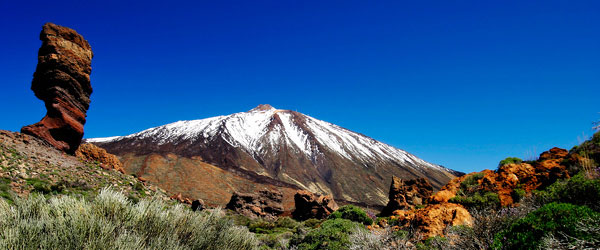
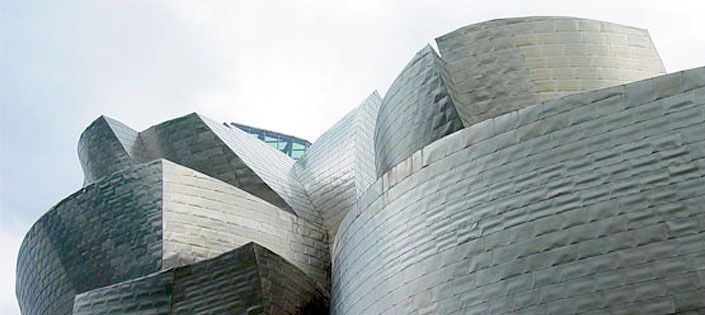
 1. Fundación Joan Miró - Barcelona
1. Fundación Joan Miró - Barcelona 2. Museo de Bellas Artes - Seville
2. Museo de Bellas Artes - Seville 3. Museo de Bellas Artes - Valencia
3. Museo de Bellas Artes - Valencia 4. Museo Guggenheim - Bilbao
4. Museo Guggenheim - Bilbao 5. Museo Nacional Centro de Arte Reina Sofia (MNCARS) - Madrid
5. Museo Nacional Centro de Arte Reina Sofia (MNCARS) - Madrid 7. Museo Nacional del Prado - Madrid
7. Museo Nacional del Prado - Madrid 8. Museo Picasso - Barcelona
8. Museo Picasso - Barcelona 9. Teatro-Museo Dalí - Figueres
9. Teatro-Museo Dalí - Figueres  10. Thyssen-Bornemisza Museum - Madrid
10. Thyssen-Bornemisza Museum - Madrid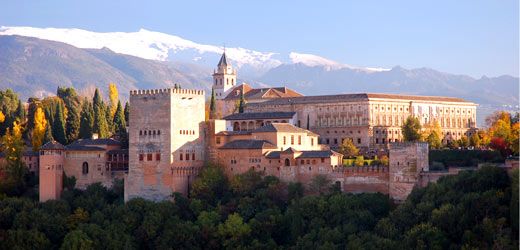
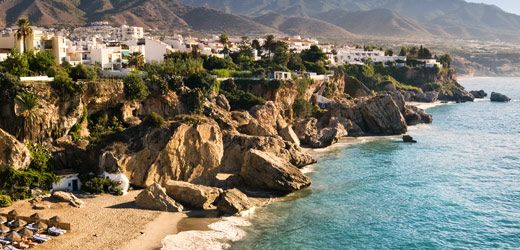








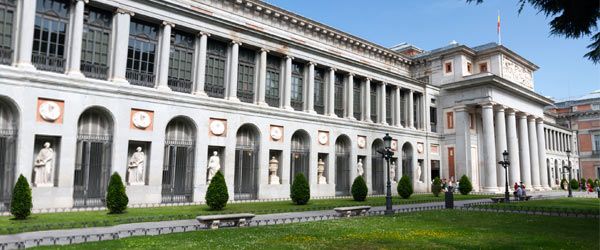

 1. La Isla Del Tesoro, Bilbao – Walking into this restaurant is like walking into your dream garden and having lunch in it. There is a lot of variety for vegetarians to choose from. One of the favourites is the “Jungle Burger” but that isn’t quite the most surprising item in the great menu. They take a national cuisine as their theme every day and centre their menu around it, which makes every day a surprise.
1. La Isla Del Tesoro, Bilbao – Walking into this restaurant is like walking into your dream garden and having lunch in it. There is a lot of variety for vegetarians to choose from. One of the favourites is the “Jungle Burger” but that isn’t quite the most surprising item in the great menu. They take a national cuisine as their theme every day and centre their menu around it, which makes every day a surprise. 1. La Bascula – This eco restaurant uses everything organic, from its juices to its food. The eating utensils and plates are bio degradable. The food is to die for as the desserts are homemade and the meals are immensely satisfying.
1. La Bascula – This eco restaurant uses everything organic, from its juices to its food. The eating utensils and plates are bio degradable. The food is to die for as the desserts are homemade and the meals are immensely satisfying.  1. HICURI – A fully Vegetarian restaurant. There are also options for vegans on the menu. You can choose from the prix fixe and a-la-carte options. It is prudent for tourists working on a tight budget to choose prix fixe and their lasagne is a speciality. Beer and Tapa dishes combined are €1.80. The cream soup and chocolate cake are a favourite for everyone and you should definitely try them.
1. HICURI – A fully Vegetarian restaurant. There are also options for vegans on the menu. You can choose from the prix fixe and a-la-carte options. It is prudent for tourists working on a tight budget to choose prix fixe and their lasagne is a speciality. Beer and Tapa dishes combined are €1.80. The cream soup and chocolate cake are a favourite for everyone and you should definitely try them.  1. Almanara Restaurant – The décor at this place is minimalistic and the food is anything but that. Treat your taste buds with gorgeous and fresh dishes and have generous helpings of goat cheese.
1. Almanara Restaurant – The décor at this place is minimalistic and the food is anything but that. Treat your taste buds with gorgeous and fresh dishes and have generous helpings of goat cheese. 